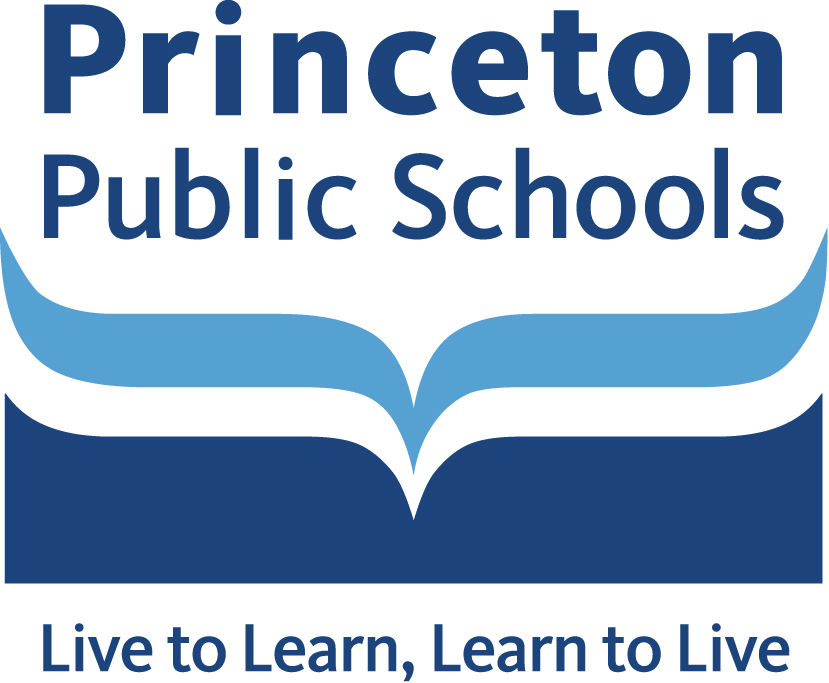By Philip Sean Curran, Staff Writer
The future of the send-receive relationship that Cranbury and Princeton have had since 1991 and the possible later starting time at Princeton High School are just some of the issues that decision-makers in both communities will be confronting early in 2018.
Their current 10-year-deal is due to expire at the end of the 2019/20 school year, but the two sides plan to discuss a renewal well before then.
“We have talked about beginning that process at some point in the new year,” Princeton Superintendent of Schools Stephen C. Cochrane said Wednesday by email.
For her part, Cranbury Chief School Administrator and Principal Susan L. Genco said Wednesday that in January, the Cranbury school board would send a “formal letter of intent to renew” the relationship.
“There is no set timetable for this process,” she said by email. “The Cranbury Board of Education looks forward to working collaboratively with the Princeton Board of Education to move the contract process along timely.”
“It’s economically advantageous to our budget, and it’s also good for the community, and so we’d like to just see if we can cement that relationship even further,” Princeton school board President Patrick Sullivan said Wednesday in wanting to address the issue about the renewal “sooner rather than later.”
He said he wants to put the “issue to bed and make a commitment.”
The topic of Cranbury has been a point of contention in some corners of Princeton, where enrollment growth is leading officials on that side of Route 1 to plan for a facilities bond referendum that is expected to include, among other things, a three-story addition at the overcrowded high school. At the moment, the school is above capacity, with enrollment projected to reach 1,825 students by 2025. But enrollment is not a reason that Princeton could use to end its relationship with Cranbury, based on state rules governing the arrangement.
Princeton officials have pointed to the tuition revenue — for the 2016/17 school year, the figure totaled $4.8 million for 280 Cranbury students — it would lose by ending the relationship with Cranbury.
“If you look at some of the websites where people post opinions and messages and things, there are a lot of people in Princeton who suggest that if they needed to solve an overcrowding problem, all they have to do is kick out the Cranbury kids,” Cranbury Township Committeeman and incoming Mayor Glenn R. Johnson said in November. “But the problem is that these folks are not particularly well-informed about the financial aspect of the situation.”
“I’ve spoken in public many times about the Cranbury sending relationship being one that’s valuable both from an economic point of view and a community point of view,” Sullivan said.
“The Cranbury School District and Princeton public schools have enjoyed a twenty-six-year- partnership in which all students have thrived,” Genco said. “I am confident that students will continue to be the first ones considered in all conversations moving forward.”
Those discussions come with Princeton looking to move back the starting time of the high school, from the current 7:50 a.m. to potentially 8:35 a.m. or some other time, in a move aimed at giving students more time to sleep.
“They’re still in discussions about when the start time will be,” said Cranbury board member Evelyn Spann, also the district’s representative on the Princeton school board.
Cranbury officials have said the change would drive up their transportation costs to bus students, with that district needing to know what Princeton intends to do, at the latest, by the third week of January.
Cochrane said there would be a decision by Jan. 21, noting “both districts need to build budgets and put transportation contracts out for bid.”

